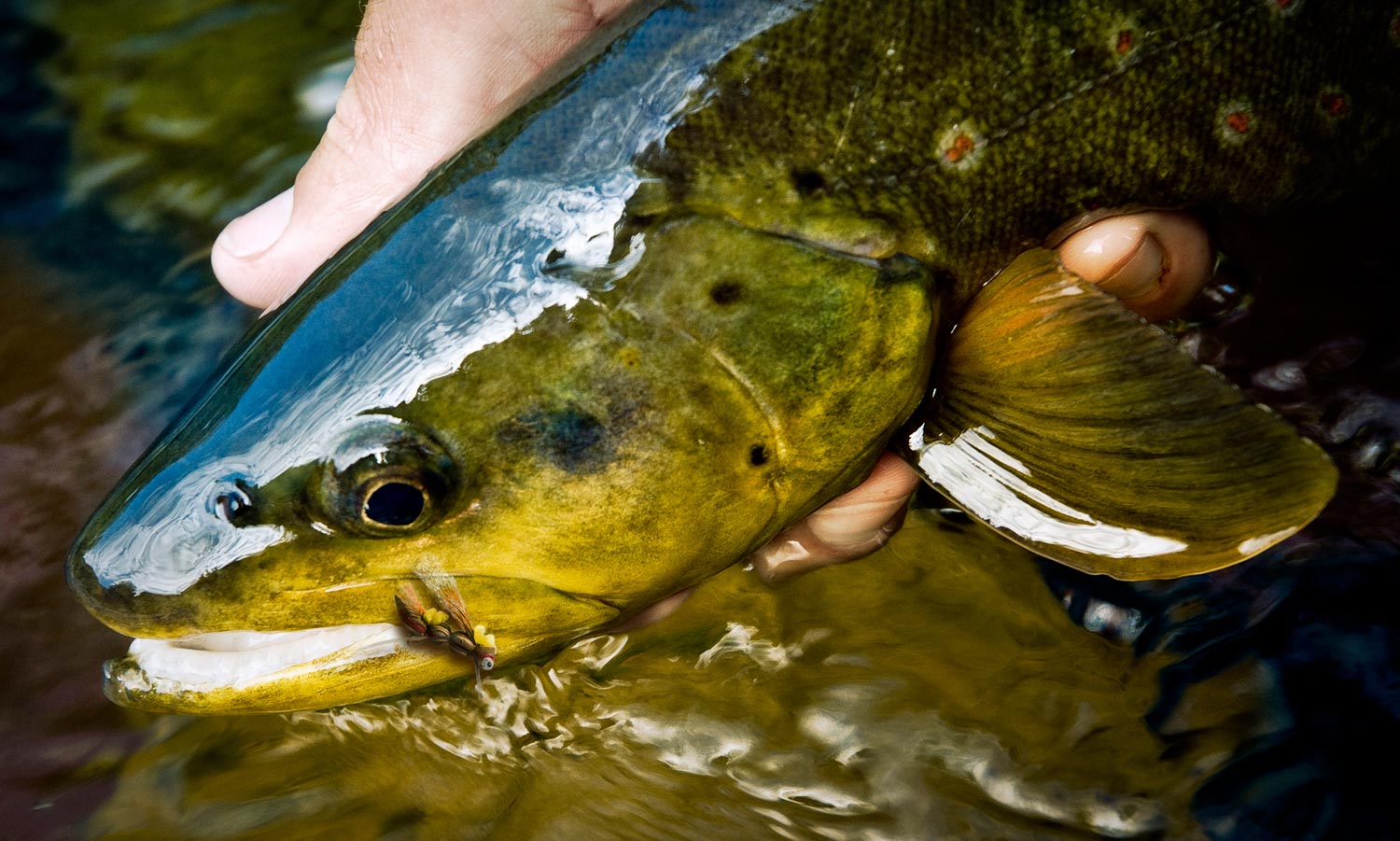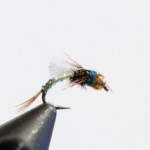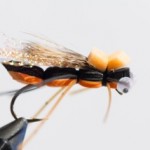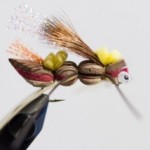by Johnny Spillane
Today we are sitting down with Tim Widmer,
fly fishing guide, commercial tier, College professor specializing professor and general good guy. Tim has been guiding for the better part of two decades and his flies have been produced commercially for almost 10 years. Tim was one of the first guys to experiment with foam and his Hoppindicator, Terresticator and other flies have proven their worth for many fisherman. Today Tim is going to talk a little but about what it takes to get your creative juices flowing and tie flies that stand the test of time.
G&G: How long have you been tying flies?
Tim: I’ve been tying for over 20 years. I learned from a guy named Larry Mann in Steamboat and he was a mentor to me. He also got me hooked on tying terrestrials. When I was in college, tying kept me out of the bars and it was a great way to save some money!
G&G: What patterns do you have that are produced commercially?
Tim: The Hoppindicator, Terresticator, Cicadicator and the Nymphicator.
G&G: What are your favorite insects to imitate and why?
Tim: I really like terrestrials because there is so much room for creativity. The patterns do not have to look exactly like a hopper or beetle to be effective and that freedom to be creative is what drew me to them.
G&G: What are your favorite materials to work with?
Tim: I really like tying with foam, there are so many things that you can do with it. When I was first developing some of my hopper patterns, I found that the tails needed to curve up more and it was an easy fix to take the foam to a grinder and shape them in a way that looked really natural. When I first started tying I was really into synthetic materials, but these days I like to blend synthetics and natural material to get the look I want.
G&G: What kind of research did you do to tie your flies, or do you just wing it?
Tim: I would start off by seining the river and then watched how the insects move in the water. Then I would come up with a basic pattern and take it to the river to see how the fly would float and how the fish reacted to it. Inevitably I’d have to make many changes to the pattern to get it to do what I wanted, changing leg positions, adding eyes etc. but in the end I felt like I came up with patterns that would work in most situations.
G&G: You’re a professor at the Colorado Mountain College, what classes do you teach?
Tim: I teach Intro to Fly Fishing, Intro to Fly Tying, a Guide School and an Entomology course. I really enjoy getting new people into the sport and the courses are a great way to jump start kids fishing careers. We also have a lot of older folks mixed in with the college kids that want to learn more about fly fishing, it certainly creates some interesting group dynamics!
G&G: Where do see the future of fly tying going?
Tim: I think the most innovation we are going to see in the near future is going to come from the streamer world. With all the new materials and segmented bodies available, I think there is a lot of room for growth. New materials and their availability always spurn creativity.
G&G: Thanks Tim, for taking the time to talk with us. I’m sure our readers will be trying some new ideas at the vise very soon.
Tight lines,
Johnny Spillane
Gink & Gasoline www.ginkandgasoline.com hookups@ginkandgasoline.com Sign Up For Our Weekly Newsletter!





Nice article. Cool foam patterns. I`ve only been tying 2 years or so and am one of the “older folks” mentioned. Started with a couple thread midges and a pheasant tail thinking I`d save some money on flies. It`s snowballed into learning basic entomology, reading water, river protection and conservation, understanding fish feeding habits and much more. End result..I simply catch more fish consistently. Tying has become so much more to me than a couple thread midges and a pheasant tail.
Look forward to seeing some new streamer patterns from Tim…good article. Ummm, I think Tim meant to say “…always spawn creativity”. Spurning is what trout often do to my offerings. Ha!
Pingback: Bait Dunkin’ to Lure Chuckin’ to Fly Floatin’ | Fly Fishing | Gink and Gasoline | How to Fly Fish | Trout Fishing | Fly Tying | Fly Fishing Blog